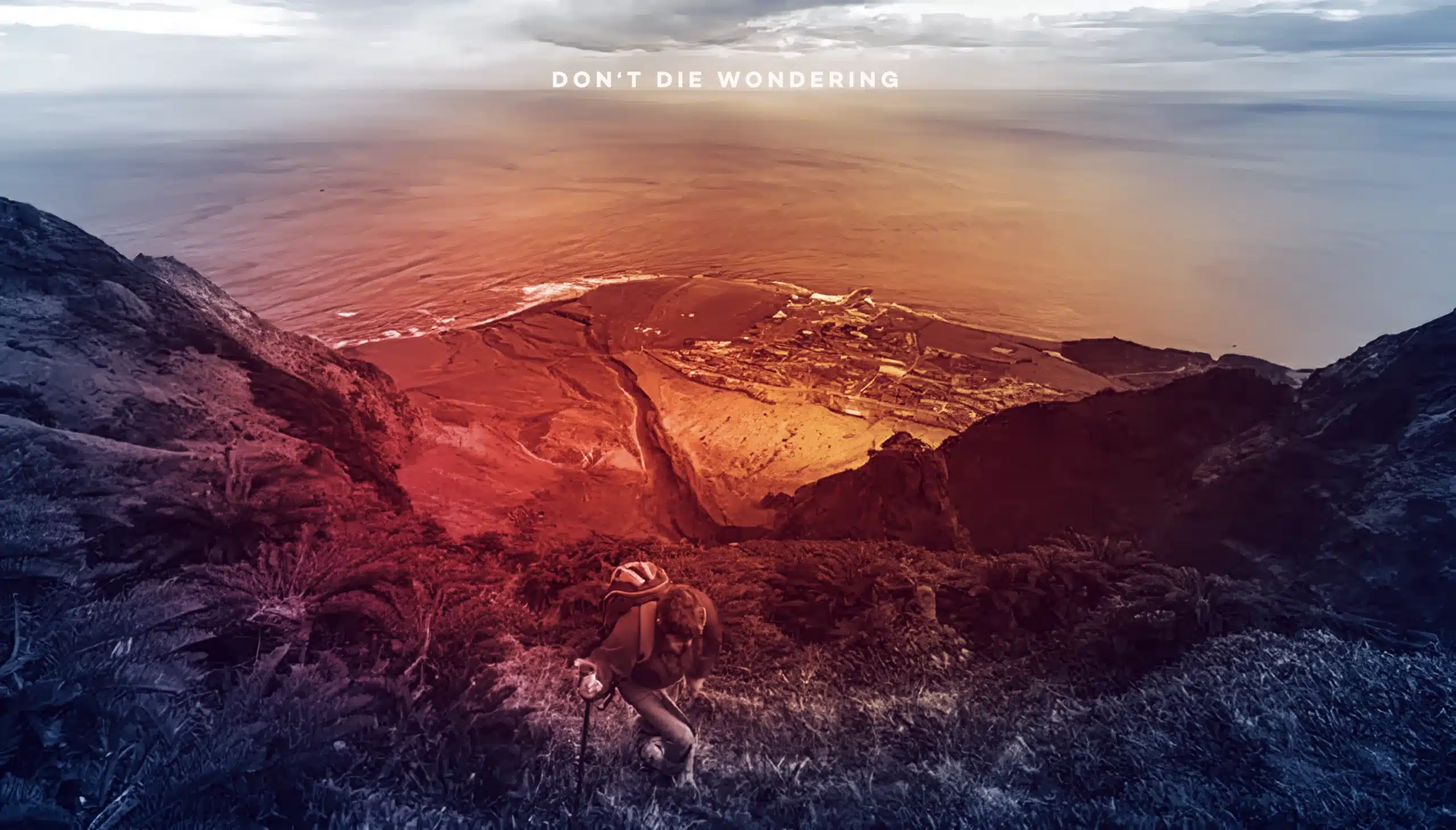Discover Tristan da Cunha, the world’s most remote inhabited island, where isolation and community spirit forge a unique way of life amid the vast South Atlantic.
In the vast expanse of the South Atlantic Ocean lies Tristan da Cunha, the epitome of remoteness and a testament to human resilience. This volcanic island, part of a British Overseas Territory, might feel like a (tiny) dot in the map, but is also a community thriving against all odds… where the concept of isolation takes on a whole new meaning.
A Voyage Through Time
Discovered in 1506 by Portuguese explorer Tristão da Cunha, the island’s inhospitable seas prevented any immediate settlement. It wasn’t until the early 19th century that Tristan da Cunha saw its first permanent residents, initially as a strategic move by the British to prevent any potential French rescue missions for the exiled Napoleon Bonaparte on Saint Helena. Since then, the island has cultivated a unique community, shaped by the ebb and flow of the ocean and the occasional volcanic eruption, most notably in 1961, which led to a temporary evacuation of its residents to England.

Life on the Edge
With a population hovering around 238 as of 2023, Tristan da Cunha stands as the most remote inhabited archipelago in the world. Accessibility is a feat of endurance, with the only connection to the outside world being a seven-day boat journey from Cape Town, South Africa. The island operates under a communal farming system, ensuring no family gains excess wealth and maintaining a balance within this small, tightly-knit community.
The economy of Tristan da Cunha is as unique as its location. Lobster fishing, alongside the sale of postage stamps and coins, forms the backbone of its economic structure, supplemented by the careful management of livestock and crops by the island’s agricultural department. Despite its isolation, Tristan da Cunha has embraced the modern world to some extent, yet remains deeply rooted in its traditions and way of life.
The Challenges of Remoteness
Life on Tristan da Cunha is not without its challenges. The island’s remoteness affects every aspect of daily life, from communication with the outside world to the importation of goods and emergency medical services. The islanders have, however, turned these challenges into strengths, developing a self-sufficient community that is a model of resilience and sustainability.

A Model of Conservation
Tristan da Cunha’s isolation has also made it a haven for wildlife, with the surrounding waters declared a marine protection zone to safeguard its unique biodiversity. The islanders live in harmony with nature, understanding the delicate balance that must be maintained to preserve their home for future generations.
A Model of Conservation
Tristan da Cunha is a remarkable place, not just for its geographical isolation but for the spirit of its people. It stands as a reminder of the incredible adaptability and resilience of human communities, even in the most unlikely places. In a world that’s increasingly connected, Tristan da Cunha represents the last frontier of solitude and untouched beauty, a jewel in the vastness of the ocean that continues to intrigue and inspire.


